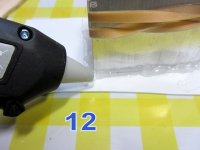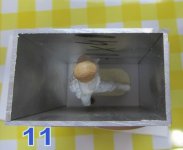Wolfgang_UK
Staff Sergeant
- Joined
- Dec 5, 2009
- Messages
- 836
Just looked in on this thread Wolfgang - and am full of admiration for your expertise and skill at producing "new" figures.
Love what you've done with them. Well done. :salute::jb
Ah, I think I see. You pour the silicone rubber in, as a solid block, and then cut it into two halves, once it's cured?
Prost!
Brad


Hello JB,
thank you very much for your kind words. Happy to see you interested.
Kind Regards
Wolfgang

